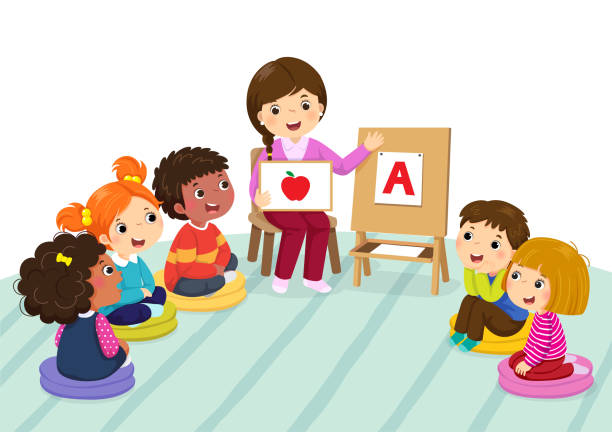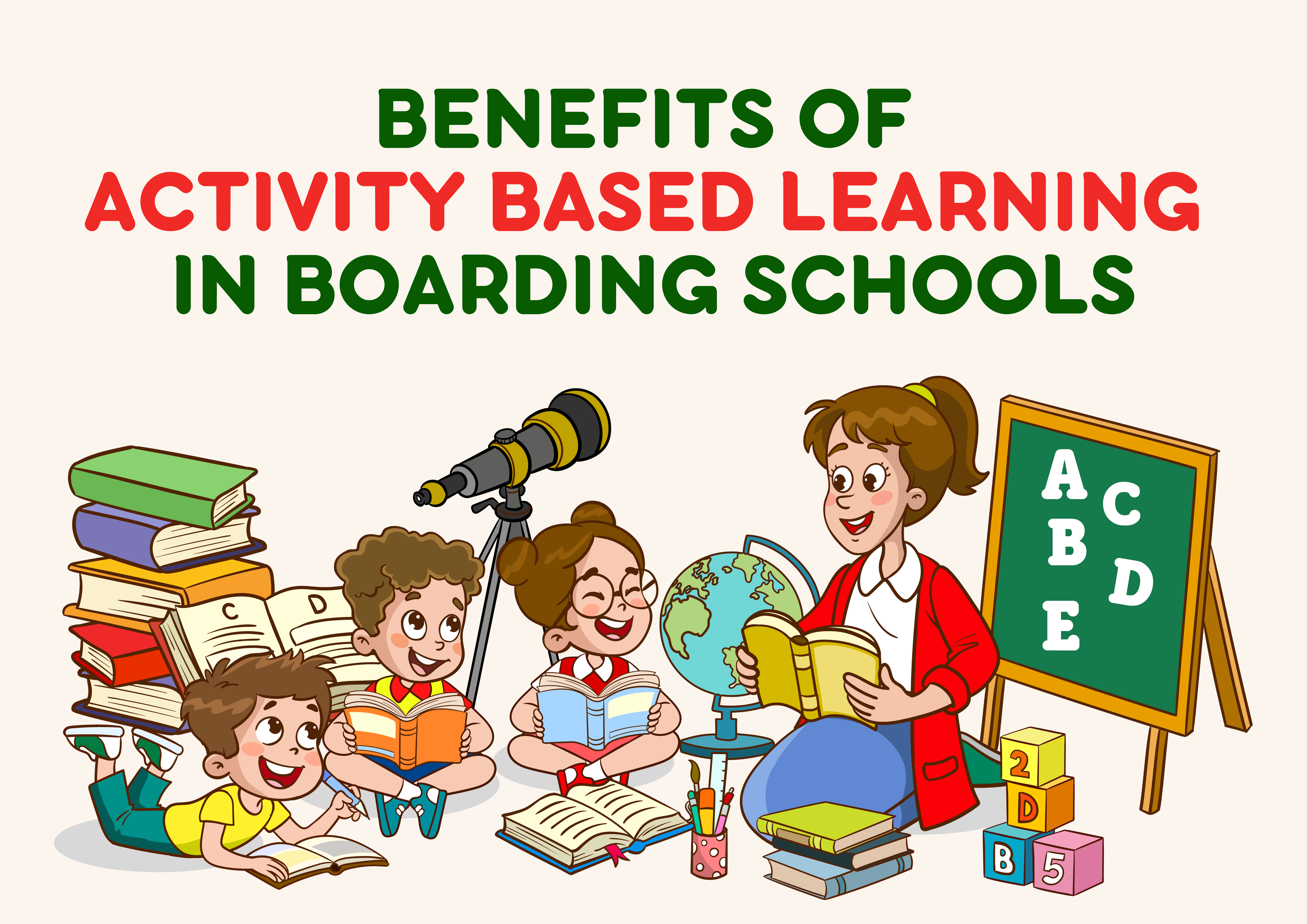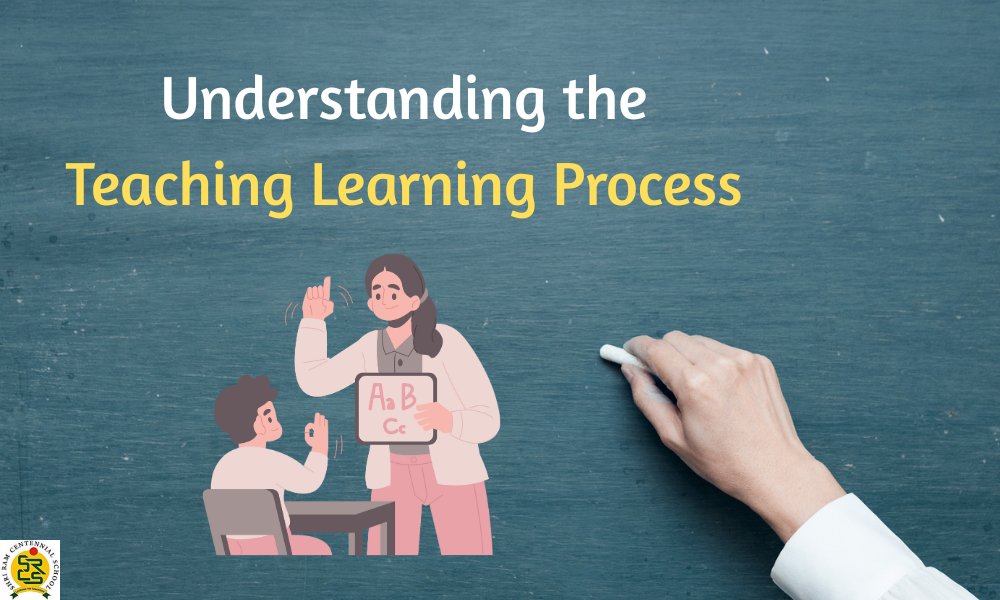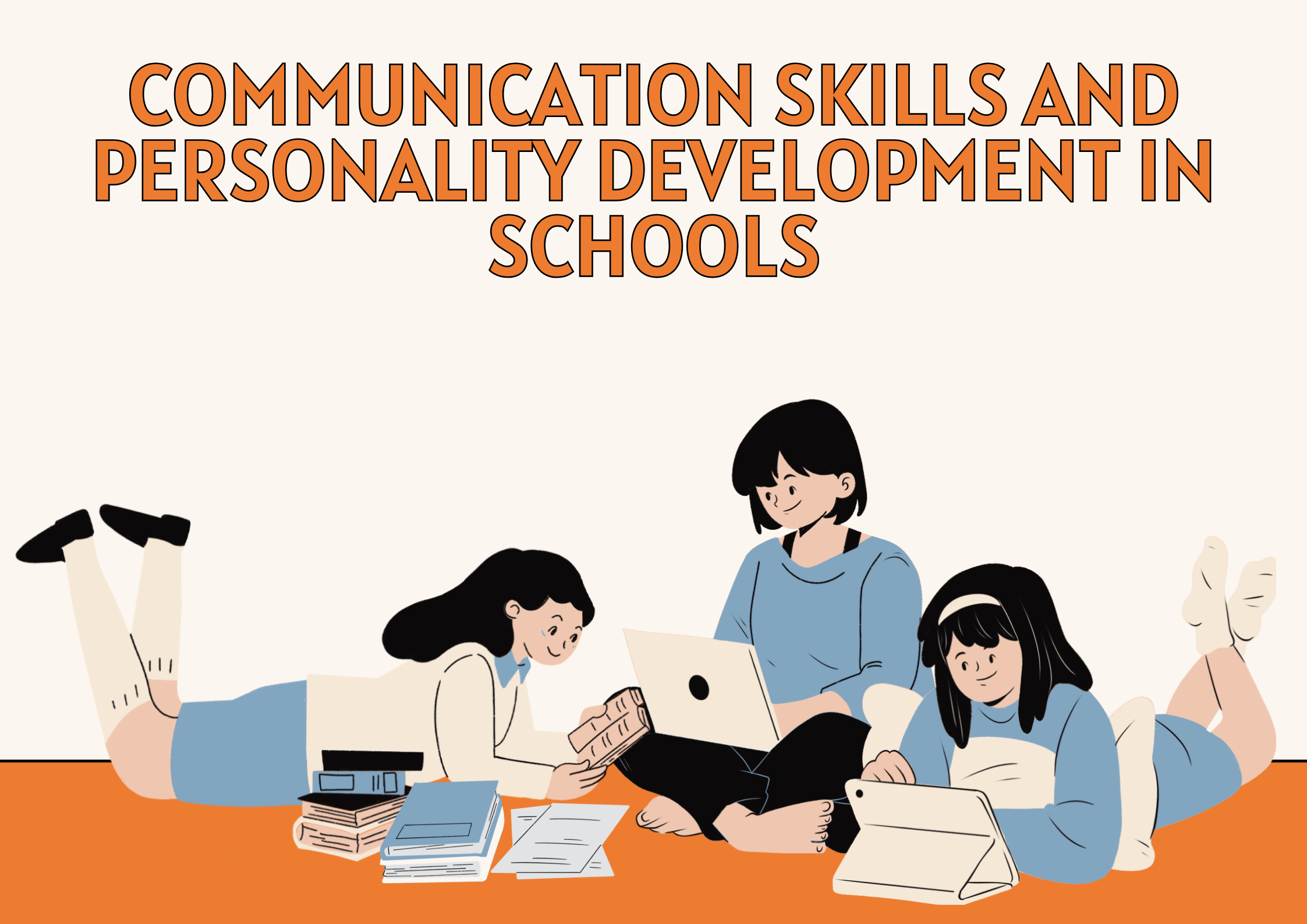Education is evolving, and activity-based learning is at the forefront of this transformation. This innovative approach focuses on hands-on experiences, encouraging students to engage actively with their subjects rather than passively absorbing information.
By integrating real-world applications into academics, activity-based learning helps children develop critical thinking, problem-solving, and collaboration skills essential for their future.
Why Activity-Based Learning is Ideal for Boarding Schools

Boarding schools provide a structured yet immersive learning environment, making them the perfect setting for activity-based learning. With extended learning hours, well-equipped facilities, and dedicated faculty, students can deeply engage with experiential education methods.
In boarding schools in Dehradun, institutions like SRCS Dehradun are adopting activity-based learning to enhance students’ educational experiences.
This method fosters independence, curiosity, and creativity, ensuring students retain knowledge more effectively than through traditional rote learning.
Key Benefits of Activity-Based Learning in Boarding Schools

1. Enhances Conceptual Understanding
Unlike traditional learning, where students memorize facts, activity-based learning encourages them to explore, experiment, and discover concepts on their own.
This deeper engagement makes learning more meaningful and ensures long-term retention.
2. Encourages Independent Learning
In a boarding school setup, students are encouraged to take ownership of their education.
Activity-based learning nurtures independence by allowing students to research, create, and present ideas through projects, experiments, and group discussions.
3. Boosts Critical Thinking and Problem-Solving Skills
By engaging in real-world applications like case studies, puzzles, and role-playing exercises, students develop problem-solving skills that prepare them for real-life challenges.
They learn how to think logically, analyze situations, and make informed decisions.
4. Develops Social and Collaborative Skills
Group activities such as team projects, debates, and hands-on experiments encourage students to collaborate and communicate effectively.
These skills are crucial in the modern world, where teamwork and interpersonal communication play a vital role in success.
5. Makes Learning Fun and Engaging
Traditional classrooms can sometimes become monotonous. However, activity-based learning integrates games, storytelling, field trips, and hands-on experiments, making learning more enjoyable.
This not only keeps students engaged but also fosters a love for lifelong learning.
6. Bridges the Gap Between Theory and Practice
One of the biggest advantages of activity-based learning is its ability to connect theoretical knowledge with practical application.
Science experiments, mathematical problem-solving through real-world scenarios, and history reenactments help students understand subjects in a more interactive and tangible way.
7. Enhances Creativity and Innovation
By allowing students to explore different ways of solving problems, activity-based learning nurtures creativity.
Whether it’s an art project, a science experiment, or a coding challenge, students are encouraged to think outside the box and develop innovative solutions.
Challenges and How to Overcome Them

While activity-based learning offers numerous benefits, it also comes with certain challenges. However, these can be addressed with proper planning:
-
Time Constraints: Teachers need adequate time to design and execute engaging activities. Solution: Schools should integrate activity-based learning into their curriculum rather than treating it as an add-on.
-
Classroom Management: Some students may get distracted during hands-on learning. Solution: Setting clear objectives and guidelines ensures that activities remain focused and effective.
-
Resource Availability: Some schools may struggle with materials needed for hands-on learning. Solution: Using digital tools, virtual labs, and cost-effective DIY learning kits can help.
The Future of Activity-Based Learning in Boarding Schools

With the integration of technology, AI-driven personalized learning, and virtual reality, the scope of such learning is expanding.
Schools worldwide are adopting blended learning models, where students combine hands-on activities with digital resources for a more enriched experience.
At institutions like Shri Ram Centennial School Dehradun, the focus is on preparing students for the future through a holistic, engaging, and interactive learning approach.
The aim is not just academic excellence but also nurturing well-rounded individuals who are curious, confident, and ready for real-world challenges.
Conclusion
Activity-based learning is revolutionizing education, particularly in boarding schools, where students benefit from an immersive and structured learning environment.
By encouraging hands-on experiences, collaboration, and independent thinking, this approach ensures that students retain knowledge more effectively while developing essential life skills.
As boarding schools in Dehradun and across the country embrace activity-based learning, they are shaping future-ready students who are not just academically proficient but also creative problem-solvers and critical thinkers.










